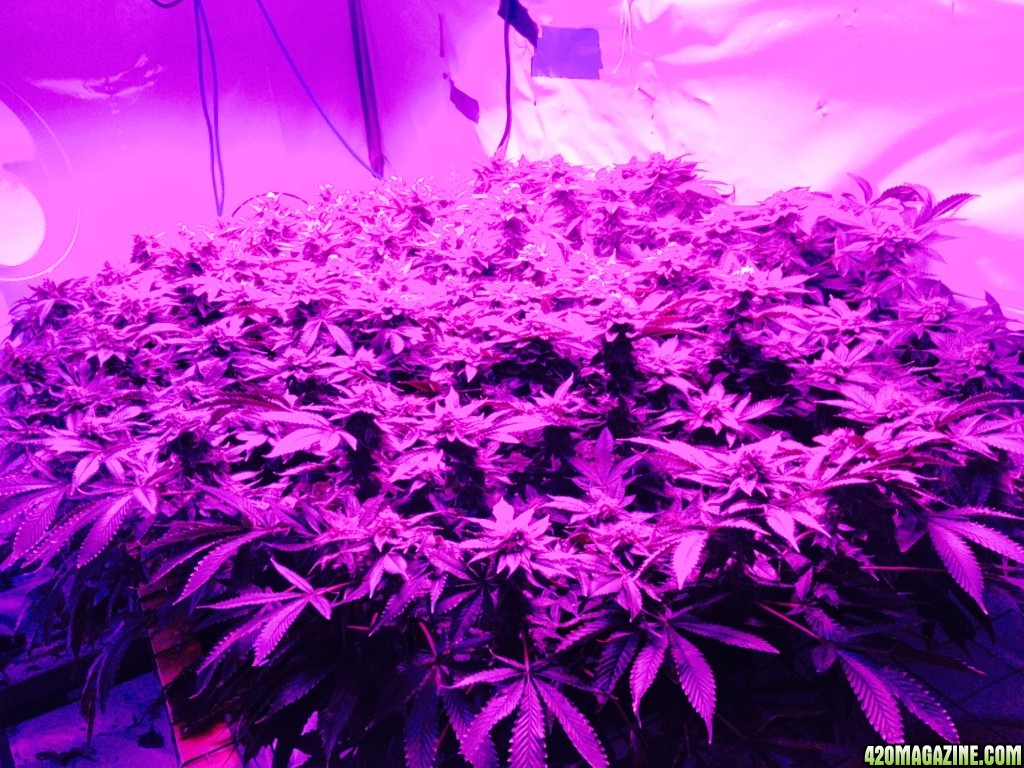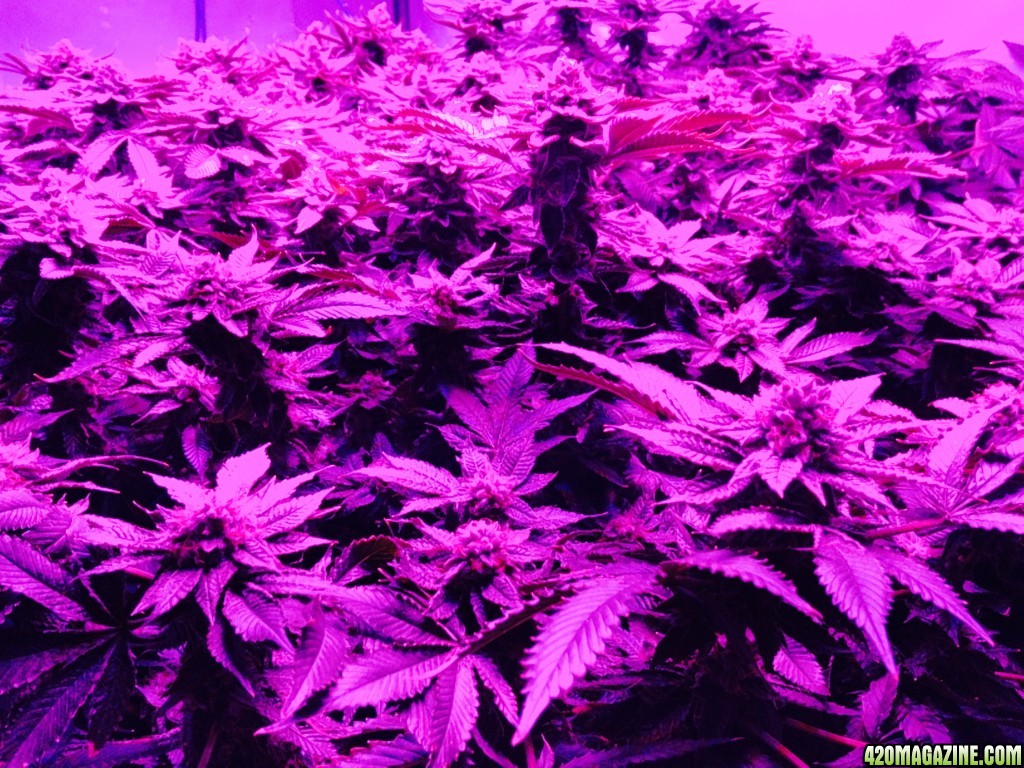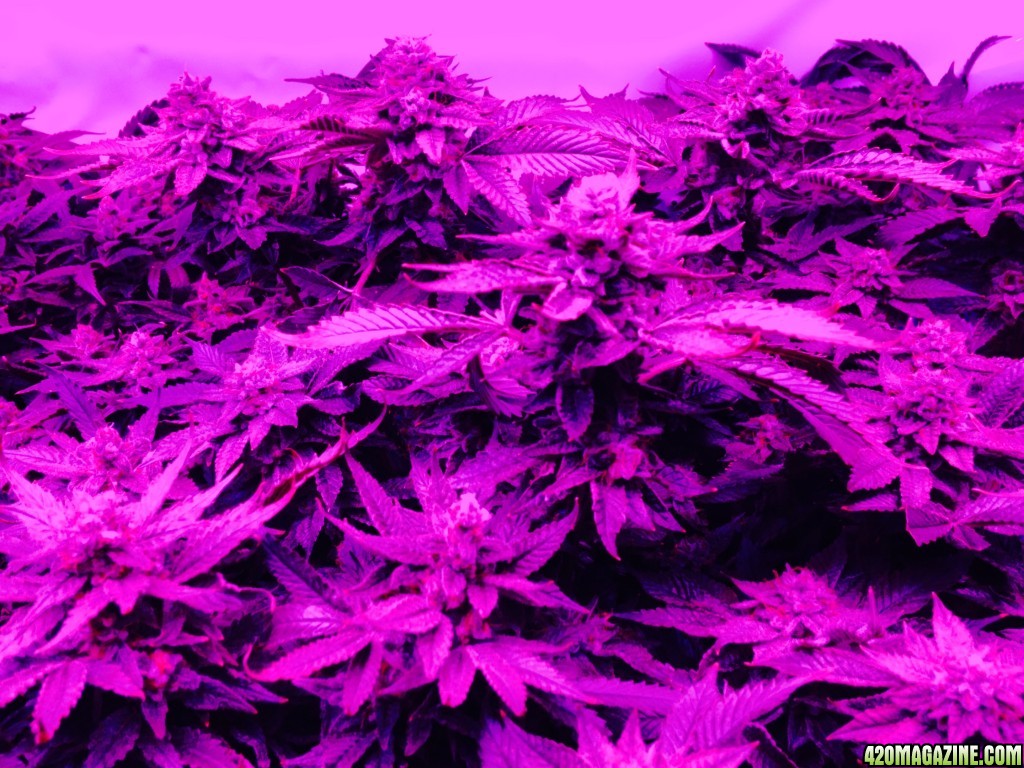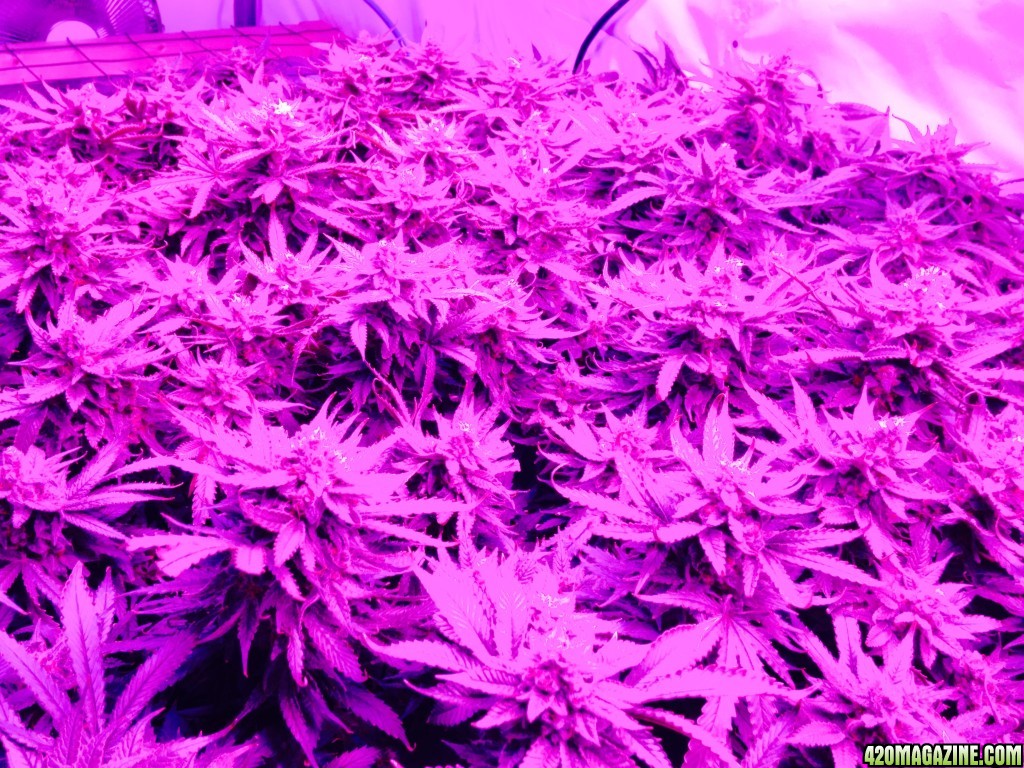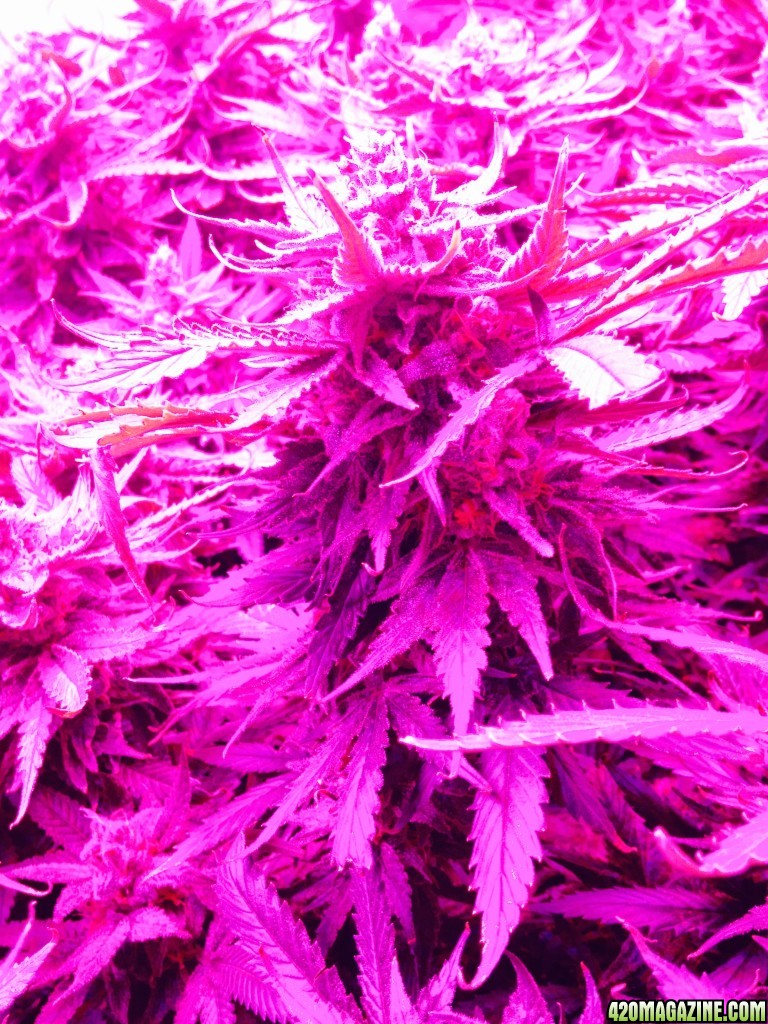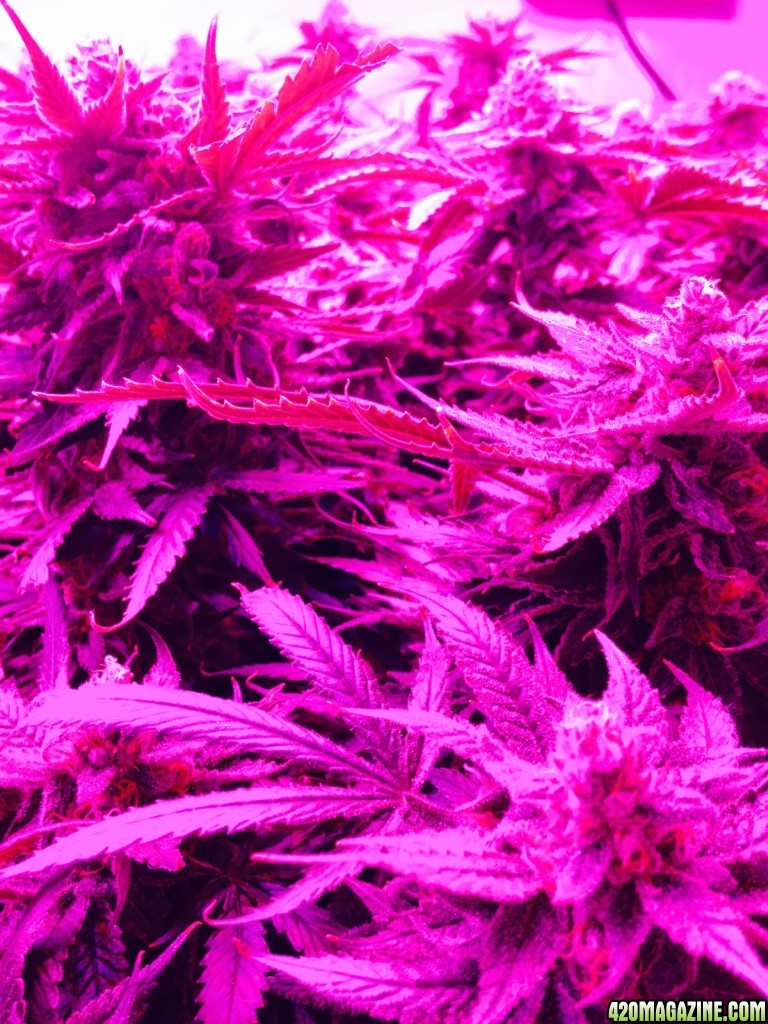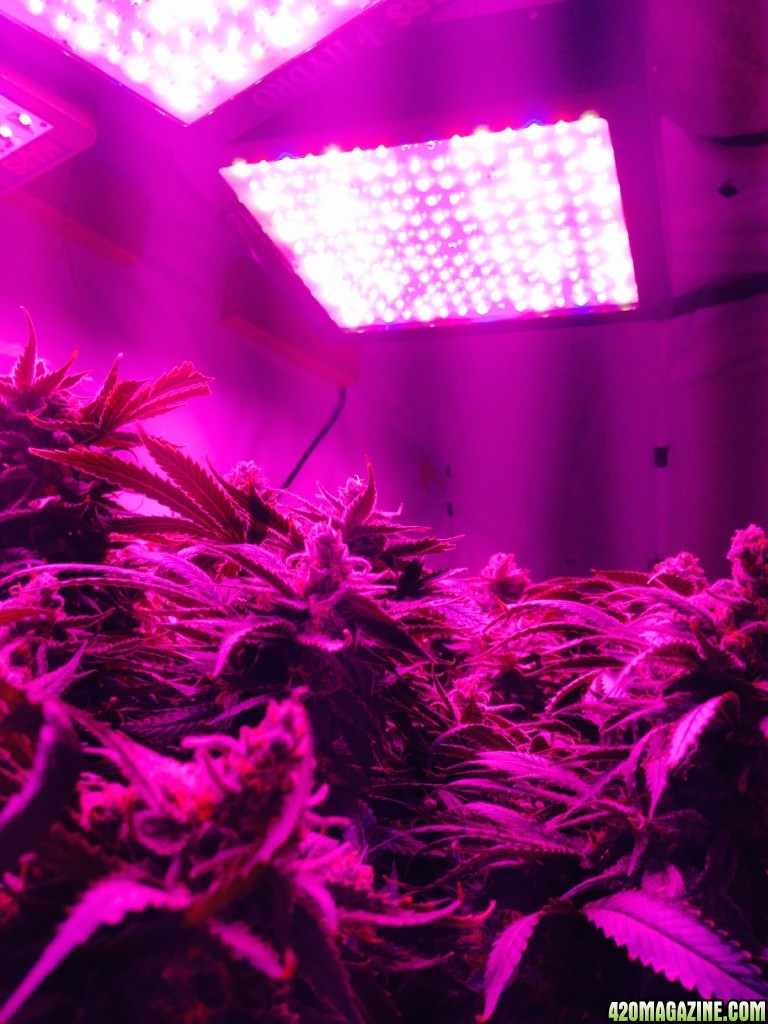
Recently, we asked some customer to send their light back to us to analysis, and found some is the lens problems, some is sulfur problem.

I mean sulphur is one of the reason which can cause the light damage,for light we used the copper wire,the sulfur will corrode the metal.So we suggest grower do not use sulpur,by this way can avoid melt metal.

We control the defective rate under 3"° of the thousands of lights we sold out every month,

We had lens problems before,that because our supplier changed the material without notify us,so we changed our supplier immediately,and we are keeping upgrade our tech.

If our customer got any problem with our light,we have international repair center,we will try our best to help them.

 Hitucker,you can check our new series,Mars Pro(II) ,with different design,it's with better built-up.
Hitucker,you can check our new series,Mars Pro(II) ,with different design,it's with better built-up.





